Looking for the best CRM for freelancers? Check out our list of the top six CRM solutions for freelancers in 2024 to get the best features for your business.
CRM implementation is the process of choosing, installing, and using CRM software for your team or business. There are multiple factors to consider when implementing a CRM: access to key functions, successful data migration, employees’ willingness to adapt to new tech, and more. You can take several key steps to effectively implement CRM software that will allow you to overcome any potential challenges and secure a high adoption rate among your staff.
This article's sponsor, Salesforce , offers extensive online training to all of their users. Throughout the article, we've featured example screenshots from Salesforce to show you what it might look like to complete a successful CRM implementation. To learn more about Salesforce and the resources they provide to help your business set up and use the CRM, visit their website and sign up for a free 30-day trial:
The type of CRM software you select will strongly influence the success of its implementation. You’ll want to be as discerning as possible in choosing a CRM platform that adequately addresses your company’s pain points, is within your allocated budget, and — perhaps most importantly — will be accessible enough for your team leads and reps to buy into.
Ask yourself these six questions to choose the right CRM software for your business:
While it may be tempting to go with the first CRM that catches your eye, it’s more beneficial to start with a broad search. Use the questions above to narrow your choices to the five CRM platforms that tick the most boxes for your business. It’ll also help to read in-depth reviews and ask fellow sales professionals which CRM software they would recommend.
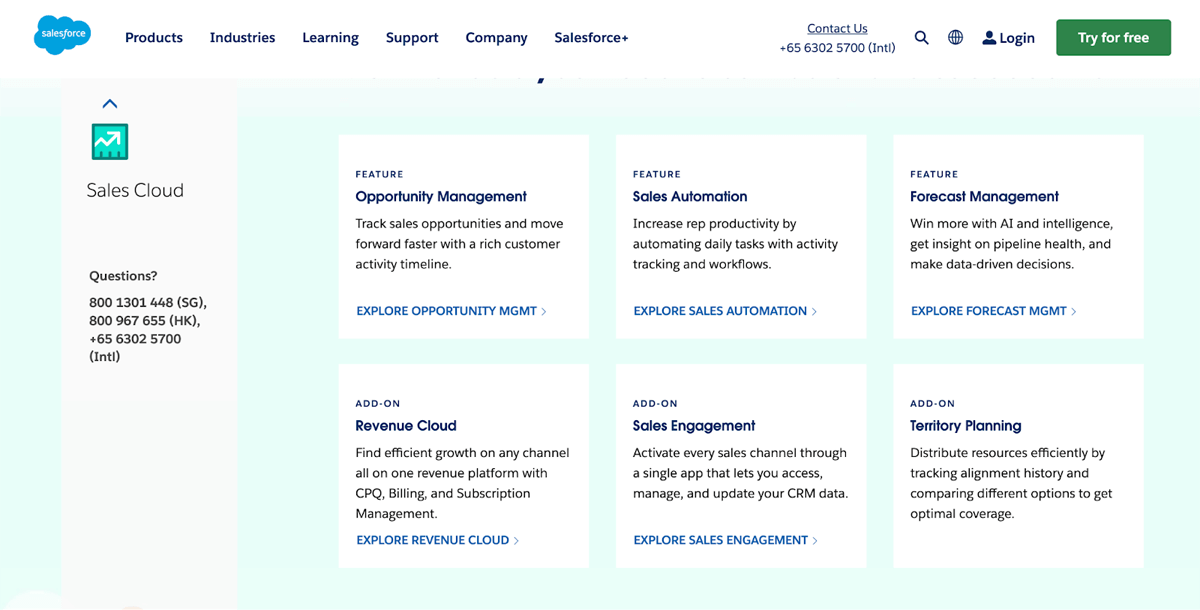
Once you’ve selected the right CRM software, it’s time to assemble a team to champion your company’s CRM implementation efforts. If you're still needing CRM software, one of the top options we recommend is Salesforce, which offers a robust sales pipeline and team collaboration features. Visit their website to sign up for a 30-day free trial.
A CRM implementation team is a group of people whose job is to facilitate the implementation, adoption, and use of CRM software among its end users. The objectives of a CRM implementation team are to install, integrate, and optimize the software as well as encourage employees to use it. They'll also monitor post-implementation progress, and procure feedback regarding ways to make the CRM software work best for the company.
Your CRM implementation team should include the following five roles:
The project manager oversees the CRM implementation process and serves as a liaison between business owners and the team. This individual will help develop a viable CRM implementation plan and acclimate end users with the software.
The executive sponsor is more hands-off than the project manager but still instrumental in advocating for CRM software. This C-level executive will help shape the CRM implementation plan and have the final say in key decisions.
The IT manager provides technical assistance, sets up user permissions based on directives from the project manager, and assists in configuring the CRM to best suit the unique needs of your business.
The QA tester will head all testing efforts among the pilot group prior to full CRM implementation. This individual will specifically test for a CRM software’s functionality, quality of data, usability, and overall acceptance among end users.
The pilot group is made up of 3–8 employees who’ll use the CRM on a regular basis. They’ll be among the first people in your company to experience the CRM and provide regular feedback to the project manager.
Ideally, current employees familiar with your business will assume these roles. Appoint a project manager who's both tech and business savvy (likely from your IT or marketing team). Look to your IT and engineering teams for an IT manager and a QA tester who are thorough, knowledgeable, and capable of explaining complex concepts. If you don’t have anyone internal to fill those roles, factor a consultant or a new full-time hire into your overall CRM implementation budget.
When assembling a CRM pilot group, find a mix of employees from various departments who are enthusiastic and skeptical. Enthusiastic employees will actively promote the benefits of the CRM, and skeptical employees will have an opportunity to warm up to the software. Eventually, each member of the pilot group will become a power user who’ll be integral in facilitating a seamless company-wide CRM launch, as we’ll explain in step eight.
Now that you have a CRM implementation team in place, they’ll need to carry out their objectives by creating a detailed CRM implementation plan.
A CRM implementation plan is also known as a change management plan. It outlines the steps your CRM implementation team — and your business at large — need to take to ensure the successful adoption of your CRM software. The CRM project manager and executive sponsor will work together to develop a plan and may loop in business owners, other C-suite executives, team leads, and department heads to offer high-level insight.
A CRM implementation plan must include these four elements:
The heart of the plan, the objectives should define how a CRM aligns with your company goals and explain how employees will benefit from using it. This will encourage buy-in and help your CRM team measure the success of the software post-implementation.
At minimum, your budget will include the cost of the CRM platform itself. Also factor in other possible expenses related to outside hires or consultants, feature upgrades, and advanced configurations related to customization or data migration.
Your key players are your CRM implementation team. Note each person’s role, their level of involvement, and their core responsibilities.
Have a timeline in place that accounts for setting up the CRM software, training employees how to use it, and monitoring progress post-launch.
In developing a CRM implementation plan, it’s prudent to be as organized and concise as possible in order to meet your objectives. Following a format like the implementation plan template shown below is one effective way you can do this; you can tailor it to suit your company’s needs and specifications as needed.
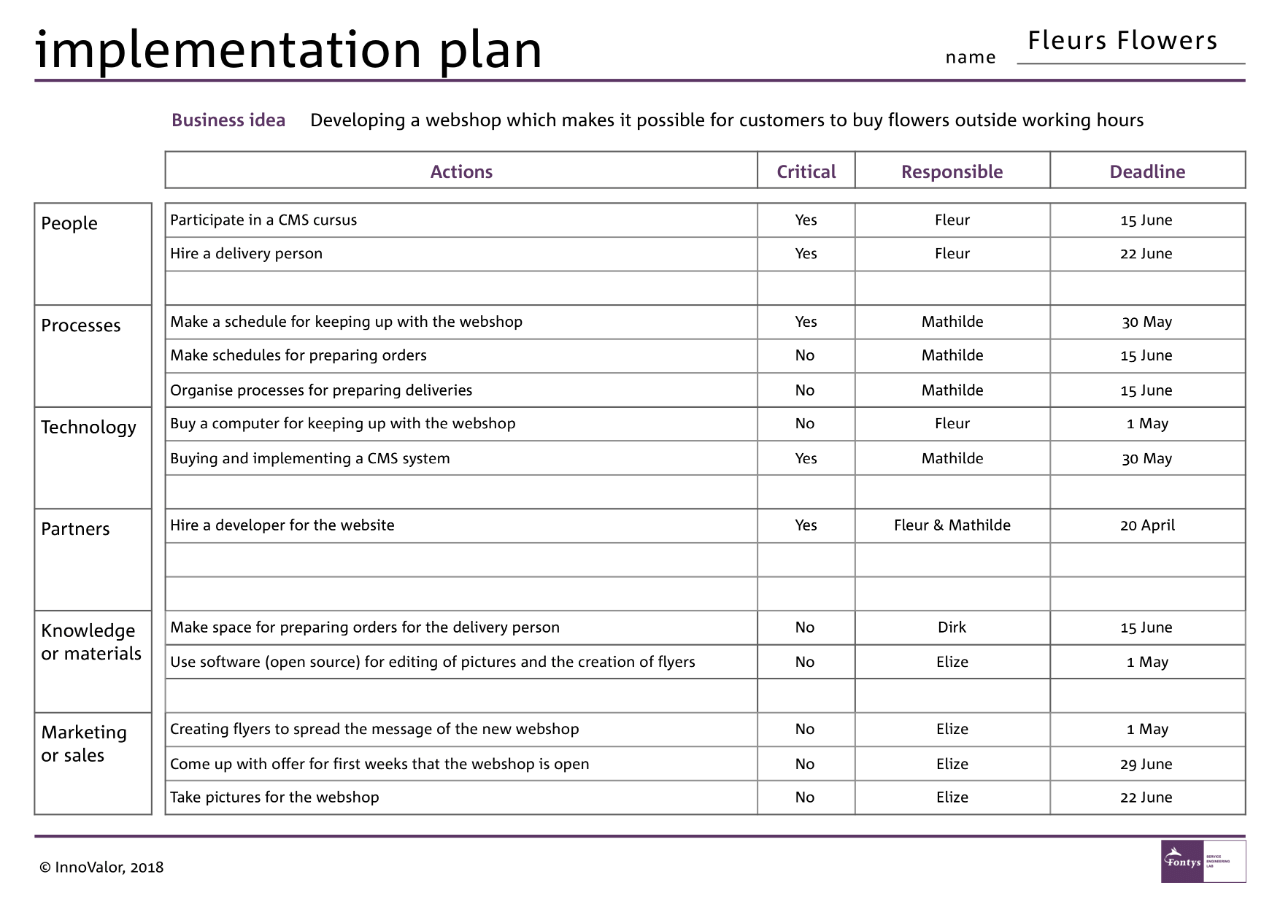
The amount of time it’ll take to implement a CRM depends on the size of your company, the volume of data that needs to be transferred, and how complex the software is. It won’t hurt to build in extra time for potential setbacks related to debugging or other technical difficulties — it’s better to finish ahead of schedule than behind it.
The first three steps of CRM implementation — choosing the right software, putting together a team, and developing a plan — largely deal with the administrative side of things. The remainder of the process involves the CRM itself, starting with customizing the software.
No matter how great of a fit a CRM software is for your business, it likely won’t arrive that way. You’ll still need to customize it. The project manager will work with the IT manager (and possibly other members of the IT team) to incorporate custom CRM features based on the objectives outlined in your CRM implementation plan.
Nearly every CRM software allows users to customize the following elements:
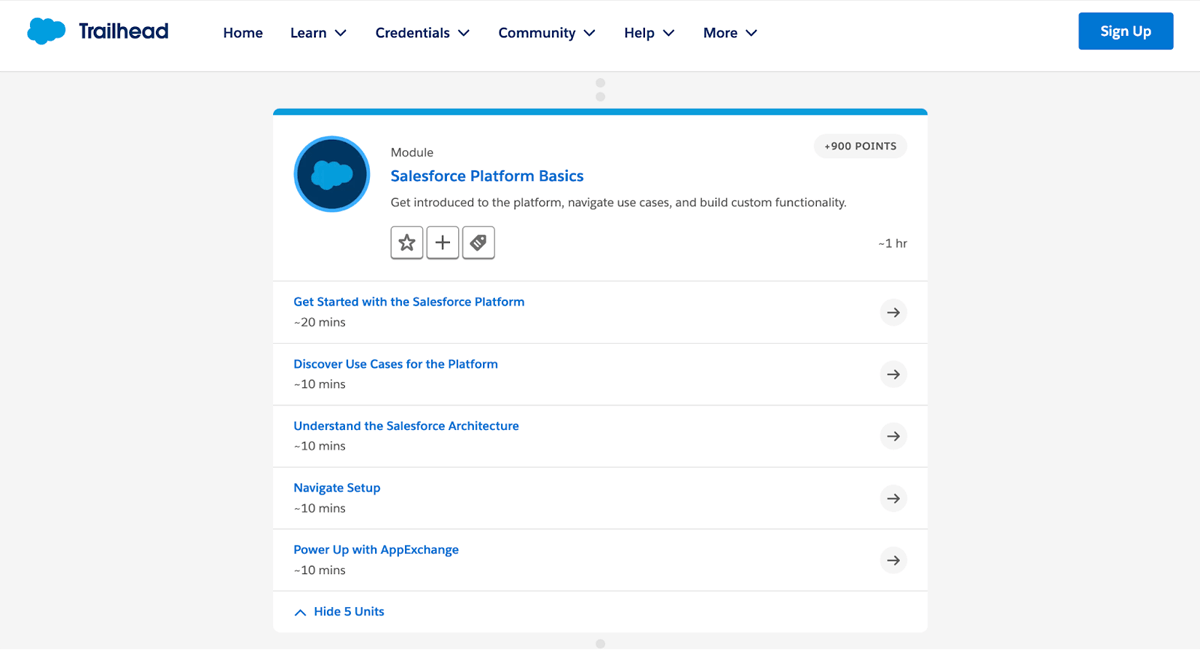
Prior to launch, the CRM project manager must ensure that all requested customizations are in place. Meanwhile, the QA manager will work with the pilot team to check for any disruptions to the CRM as a result of any changes.
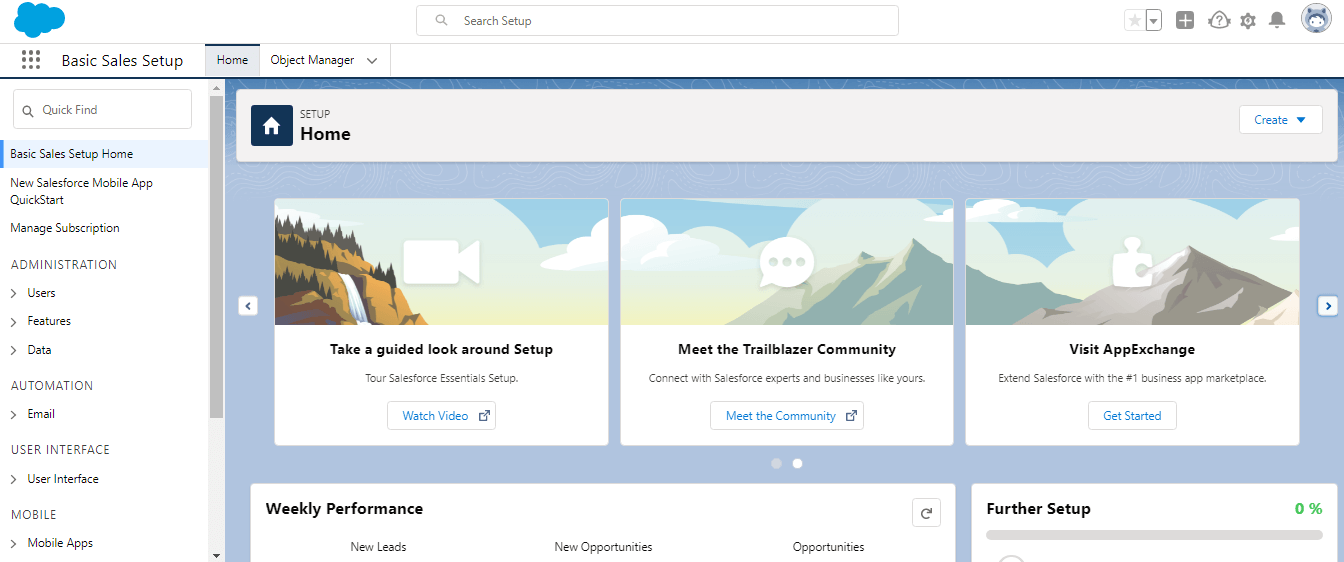
In addition to tailoring CRM software to fit the company’s needs, it’s also important that all data is securely and accurately migrated to the new system.
Data migration is the process of moving information from one software to another. You’ll either be importing data from spreadsheets or your previous CRM. While this may seem like a straightforward process, data migration must be performed and monitored carefully to ensure all information is properly exported to the new CRM software.
Migrate data to your new CRM through one of the following three ways:
Before initiating the data migration, the CRM project manager should make sure all data is organized and backed up, and also communicate with company leadership about when and how the data migration process will be taking place. Meanwhile, the QA manager should thoroughly test the CRM before and after data migration to check for proper data structure and make sure the CRM still functions properly post-transfer.
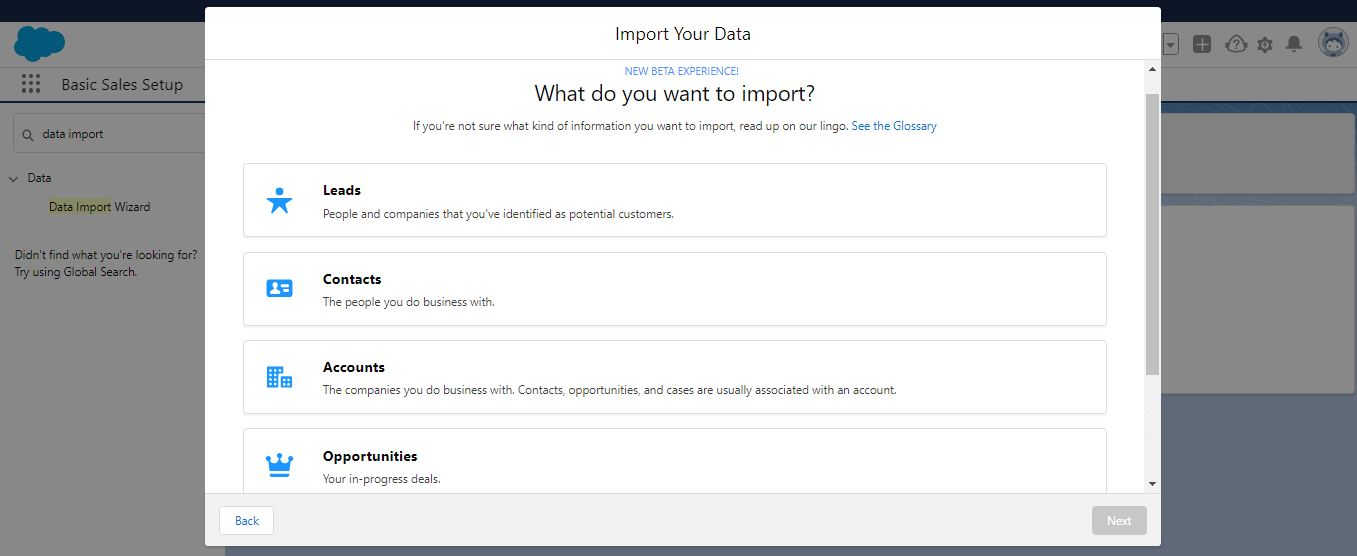
After adding custom elements and migrating data, the final stage of CRM software configuration is integrating your most-used third-party apps.
App integrations are a way to expand a CRM software’s functionality via third-party tools your business relies upon every day. Common app integrations include email clients, calendars, messaging software, and social media platforms. Depending on the CRM software you choose, you can incorporate hundreds of third-party tools and significantly streamline workflow.
Third-party tools can be integrated with your CRM software through any of the following ways:
Upon adding third-party tools to your CRM software, it’s up to the QA tester to verify whether or not these tools work as intended without compromising the CRM software itself.
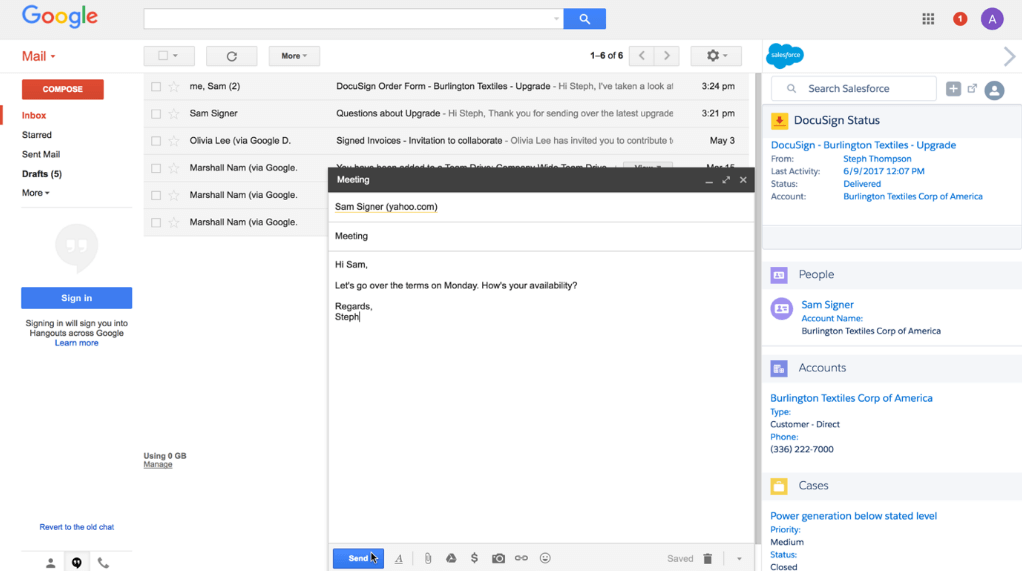
Once your CRM software has been configured, it’s time for the QA manager and the pilot team to thoroughly test it before the official launch.
Testing CRM software is the most important technical step of the implementation process. The more thoroughly you put a CRM through its paces before rolling it out, the smoother the adoption will be. The QA manager and pilot group will be most essential here, as they’ll be counted on to dive in and report any issues to the IT manager and project manager.
There are five areas to pay attention to most in testing a CRM:
Ensure there is no duplicate information, that data is properly mapped and sorted, and everything is accurately represented in CRM reporting and CRM dashboards.
Make sure user and admin permissions are configured correctly. Pilot testers should check that the CRM functions they’ll rely upon most are accessible and operational.
CRM software should be able to handle tasks without delay. Performance testing takes into consideration a CRM software’s response time, peak hours usage, max number of users, and server usage.
Your CRM software must be able to protect confidential prospect and client information through means like encryption and authorized accounts. The last thing you’ll want to deal with is a data breach.
Regression testing takes place after an update such as data migration or third-party app integration. Doing this guarantees that no other functionality has been disrupted due to changes to or within the CRM software.
Here's what it looks like to test a CRM function in Salesforce, for example:
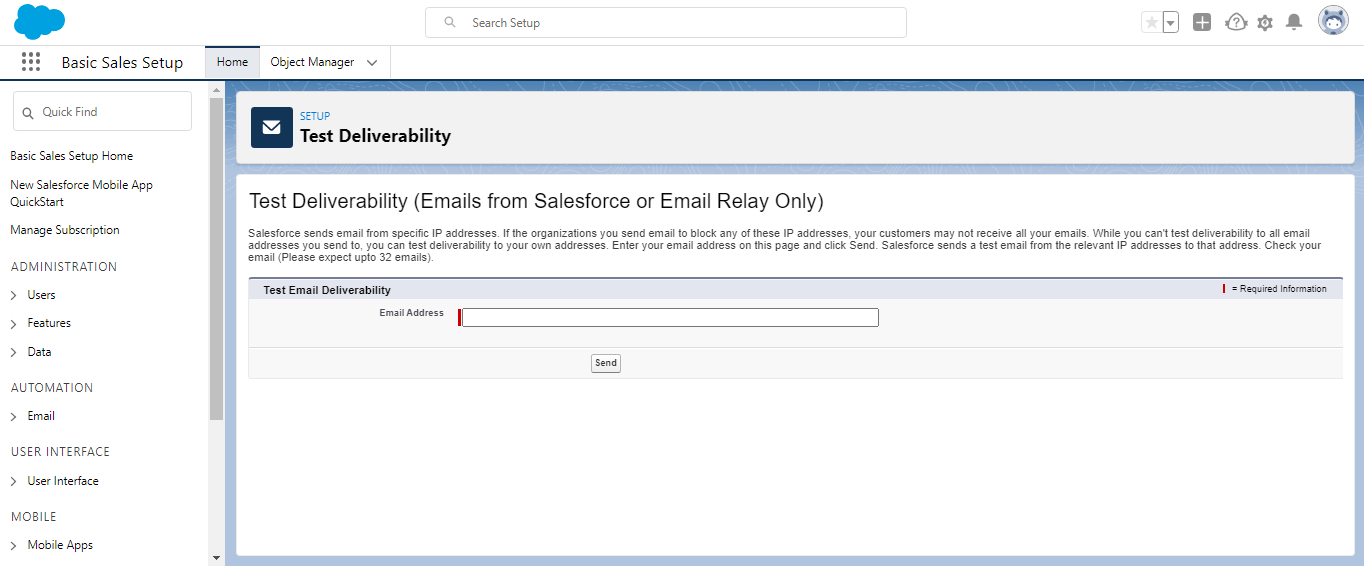
Software testing is an ongoing process until the CRM is officially ready for launch. However, once everything has been adequately configured and checked, you can now introduce the CRM to the rest of the company.
Your new CRM software is officially ready for your staff to use, but this is where some of the most heavy-duty work begins. Not only do your team members need to undergo CRM training and learn how to use the new system, but they’ll also need to be informed on CRM best practices to ensure they’re getting what they need. Most importantly, to achieve a successful CRM implementation, your employees have to completely buy into the system.
There are three key tips to carrying out an effective CRM training plan:
To reiterate, the CRM training process does not end once everyone has been brought up to speed on the new software. The real measure of a successful software launch is measured via post-implementation performance.
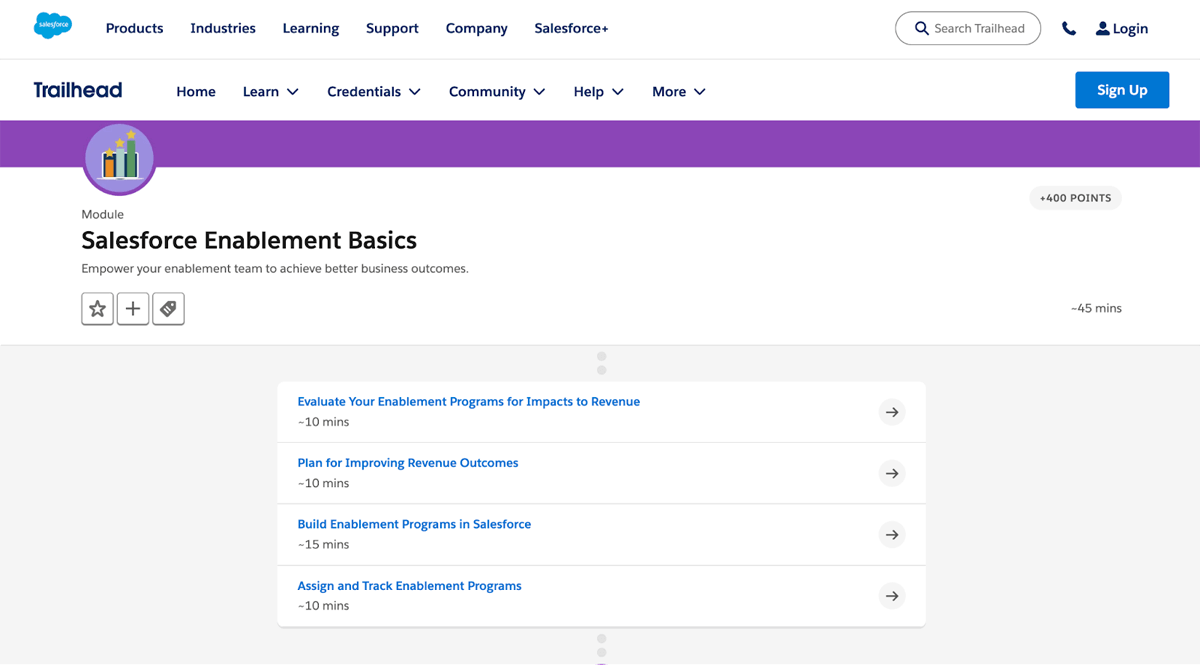
Right after rolling out your CRM, it’s crucial to monitor whether your employees use the software effectively — or even at all. According to a 2019 study from CSO Insights, just 47% of businesses with an implemented CRM have an adoption rate above 90%. A key contributor to that statistic is a lack of follow-through from business owners and the implementation team post-launch.
Below are four measures you can take to secure high adoption rates among intended end users:
As Tomer Sharon explains and shows in the model below, you can quantify the success or failure of CRM adoption through a series of metrics. In addition to the software adoption rate, also take a look at when and how many users perform a key CRM action for the first time.
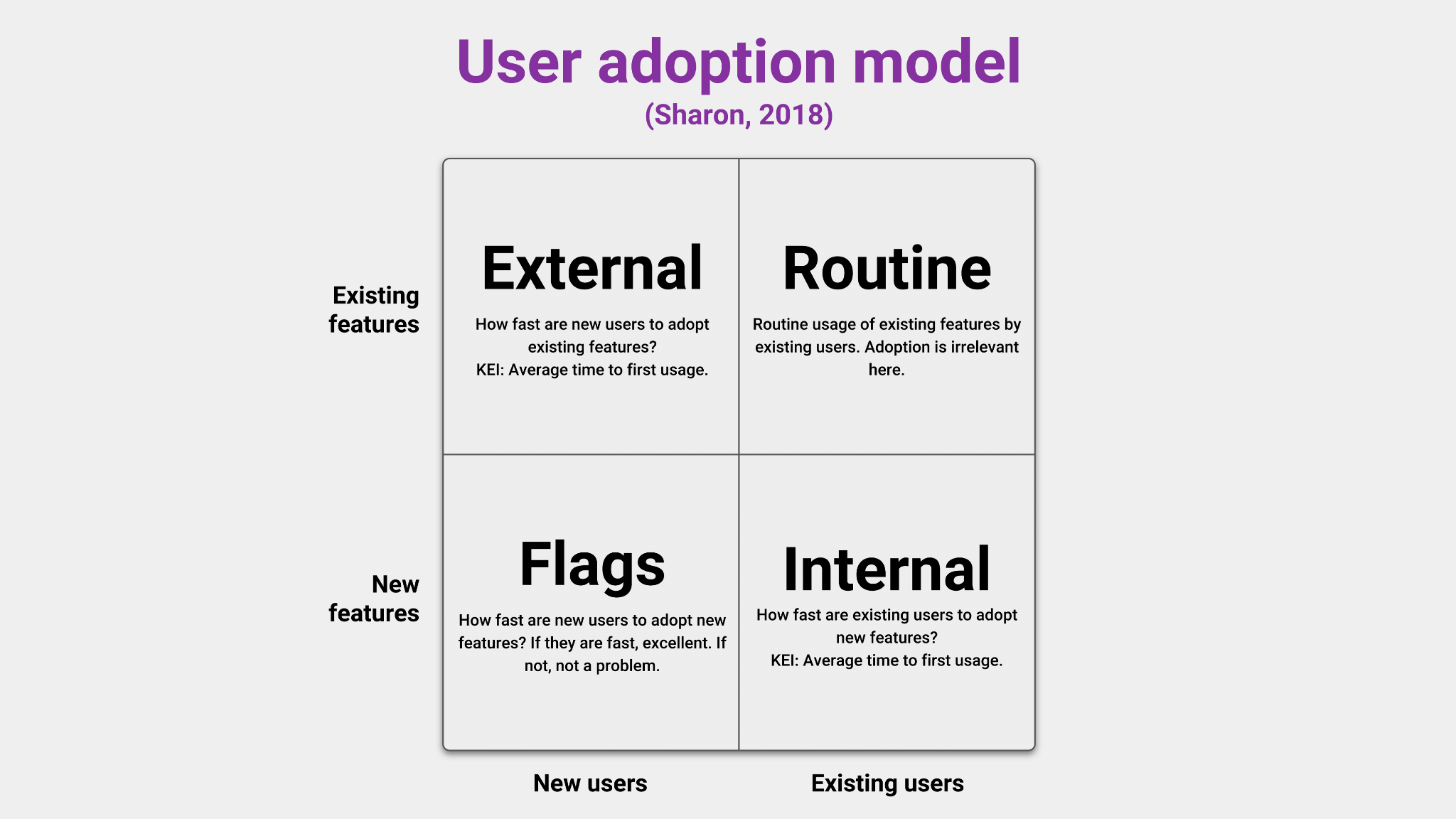
The CRM implementation process begins from the moment you decide a CRM software is the right decision for your business. The nine-point plan we’ve outlined in this article requires a significant investment of time, resources, and money. However, the end result will yield high user adoption rates, more efficient employees, and an increase in your bottom line.